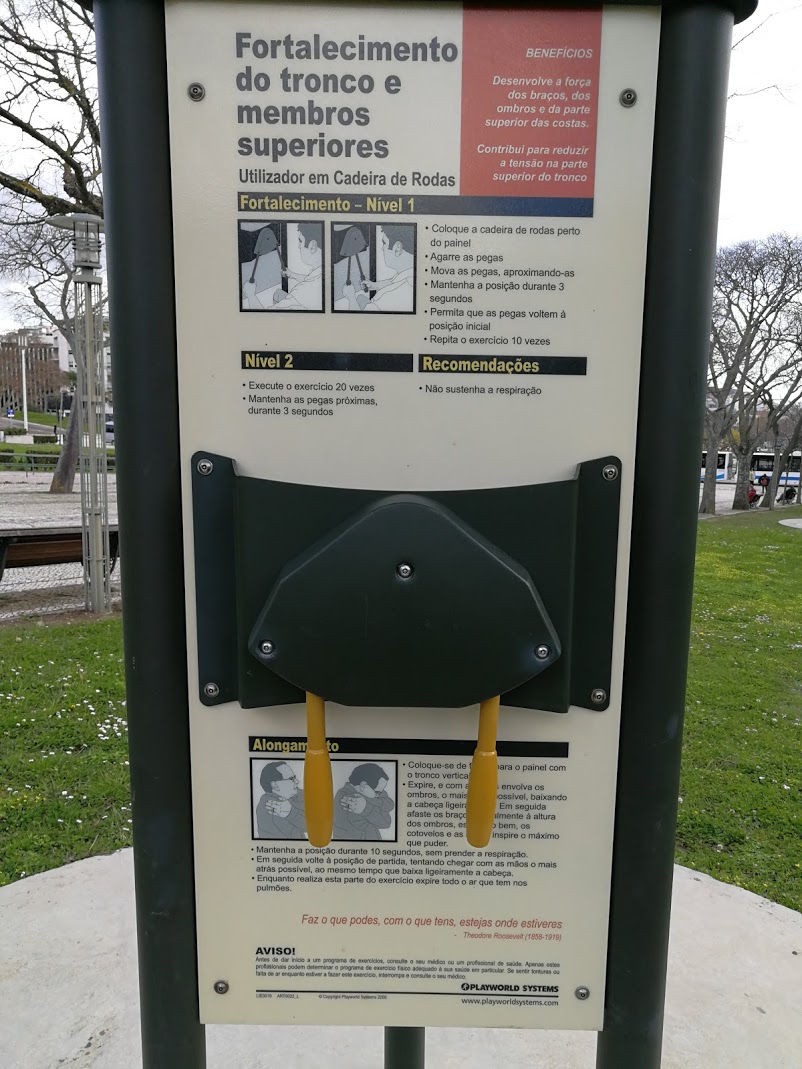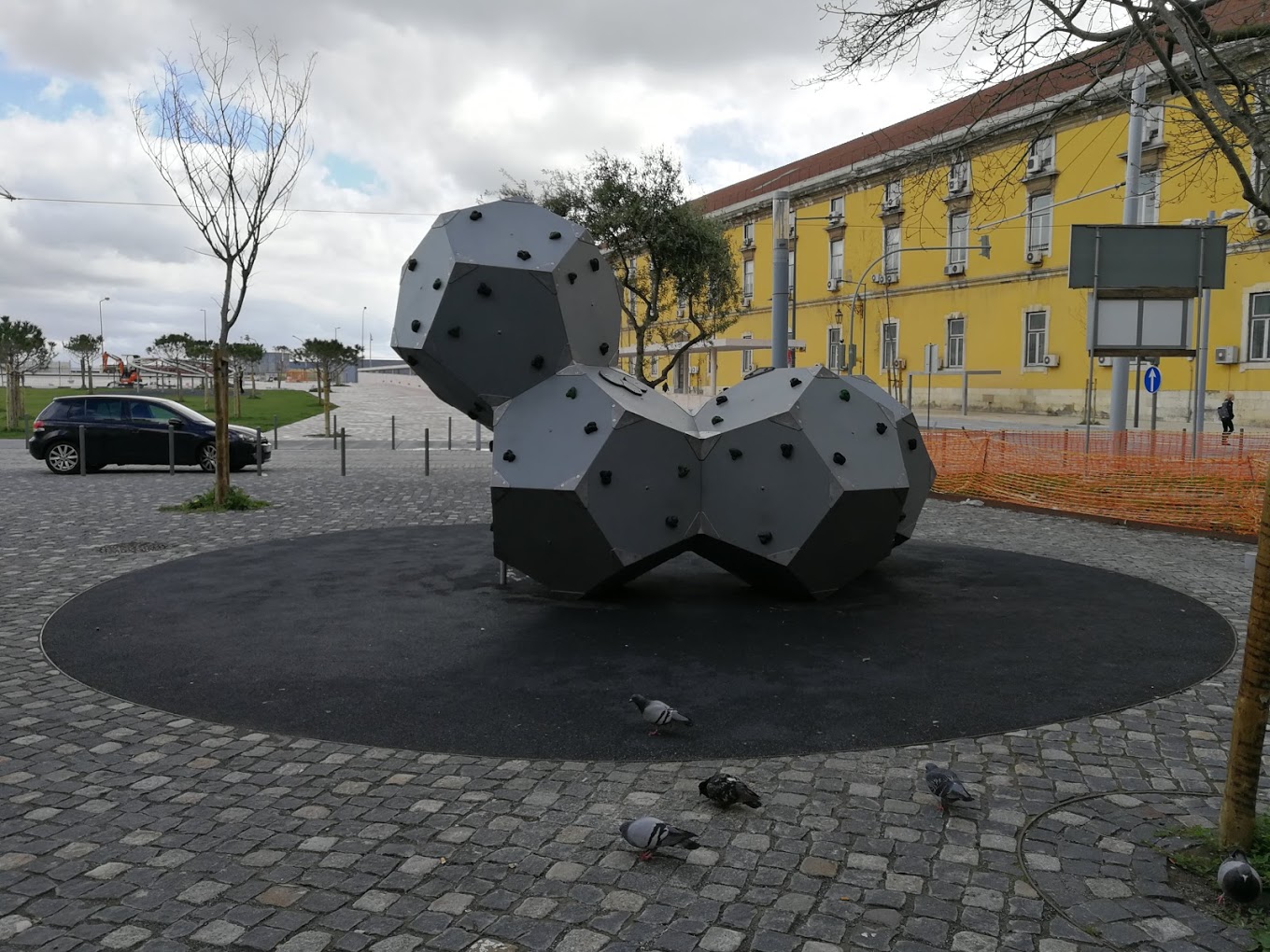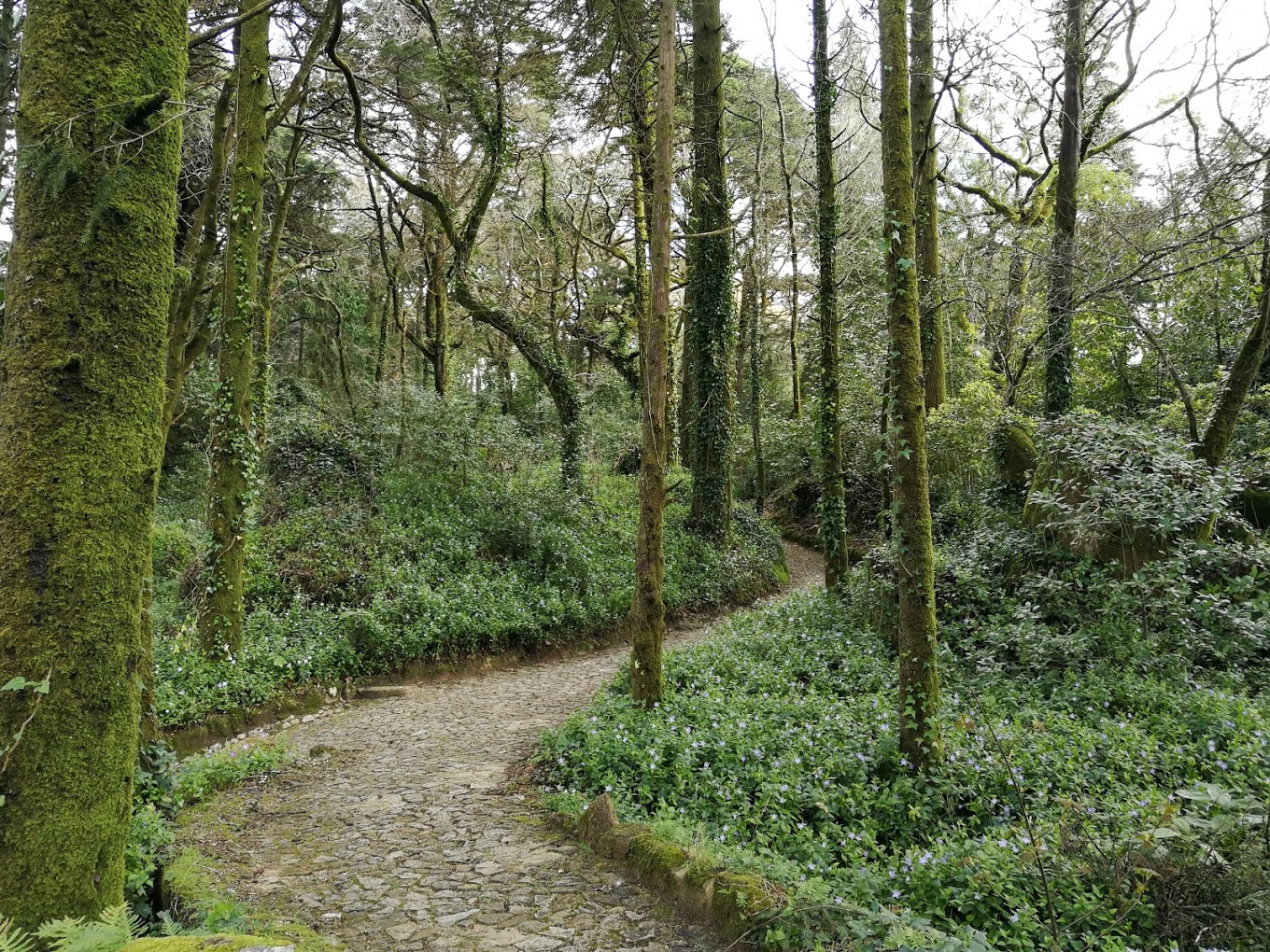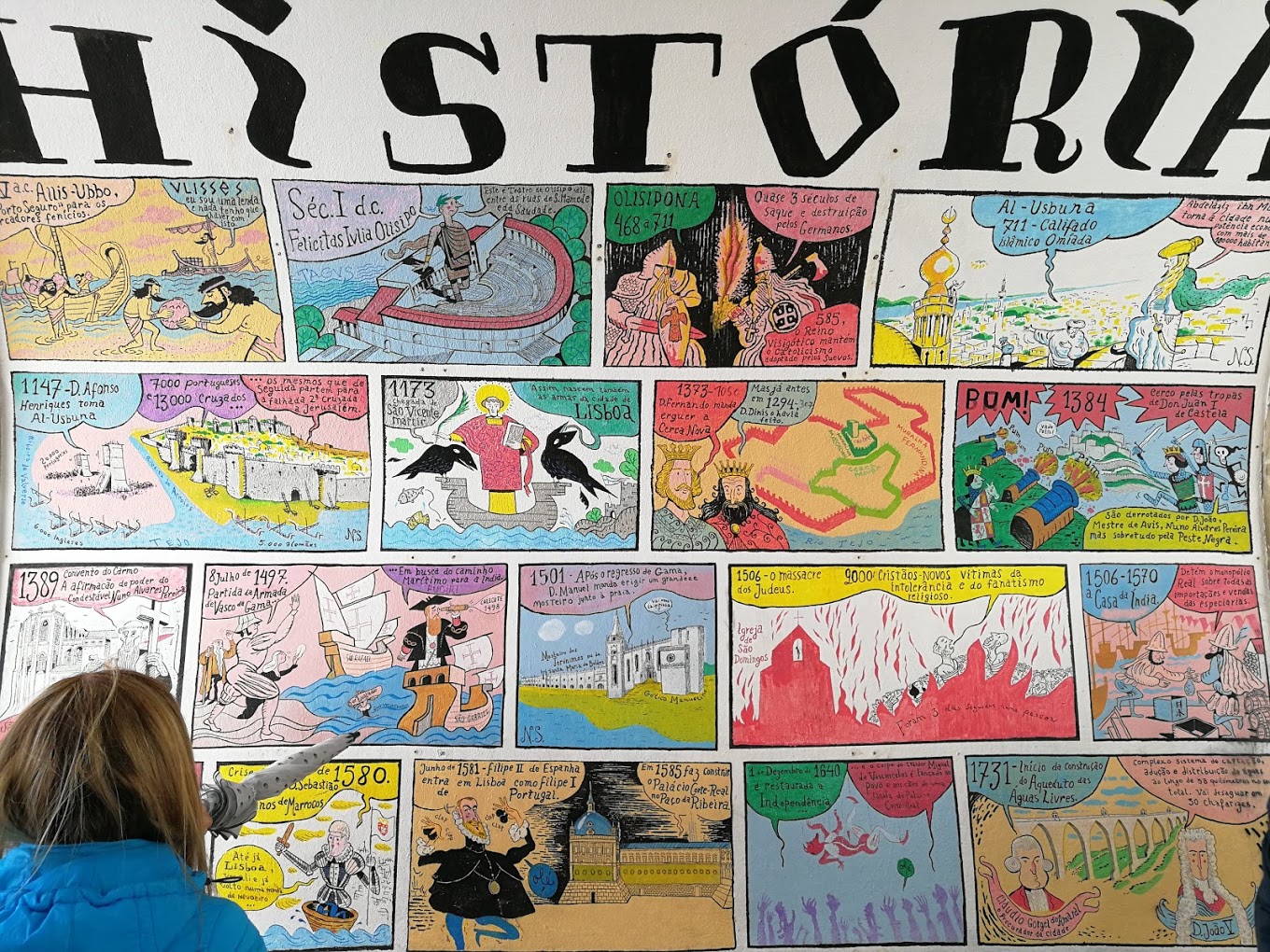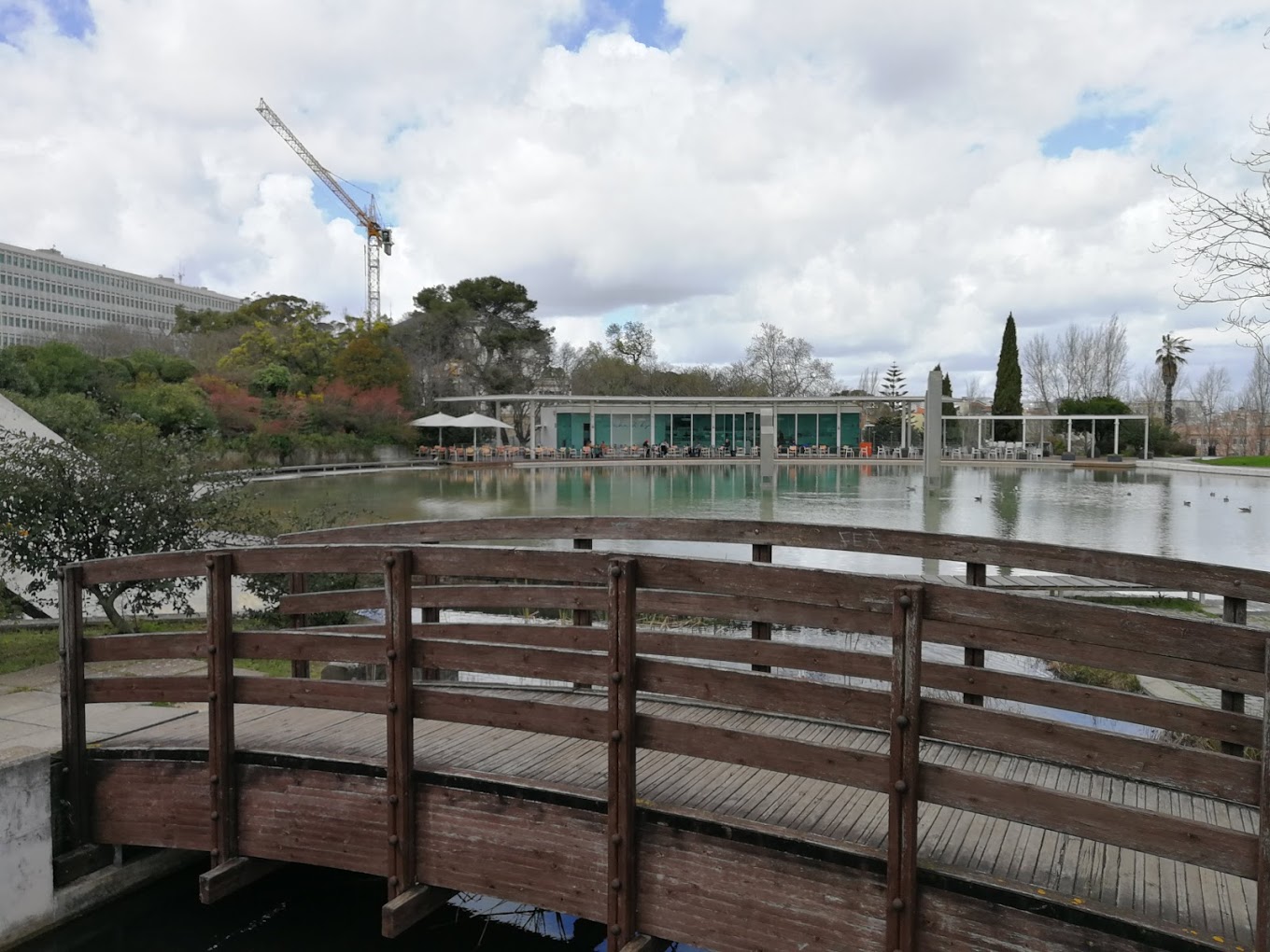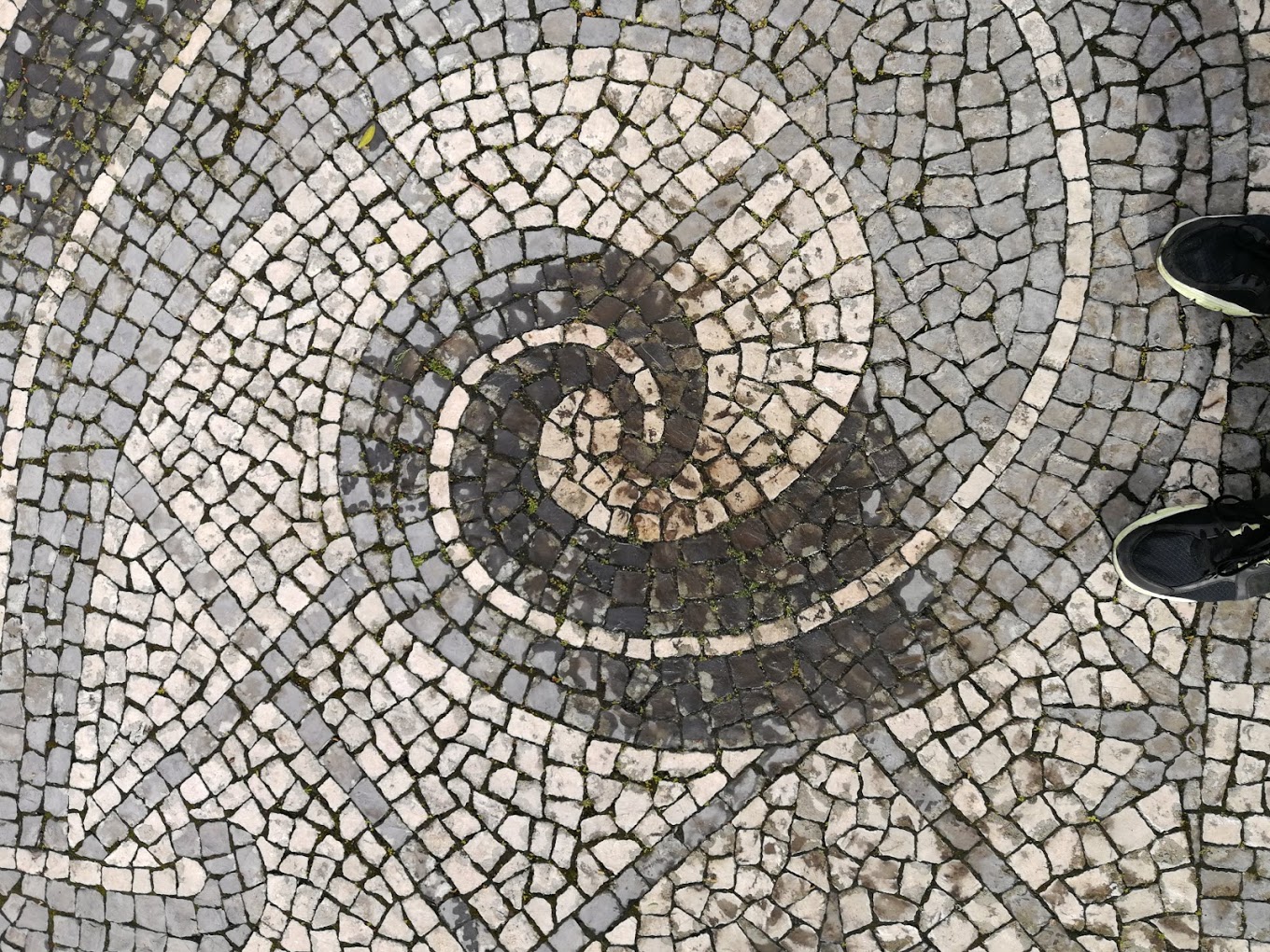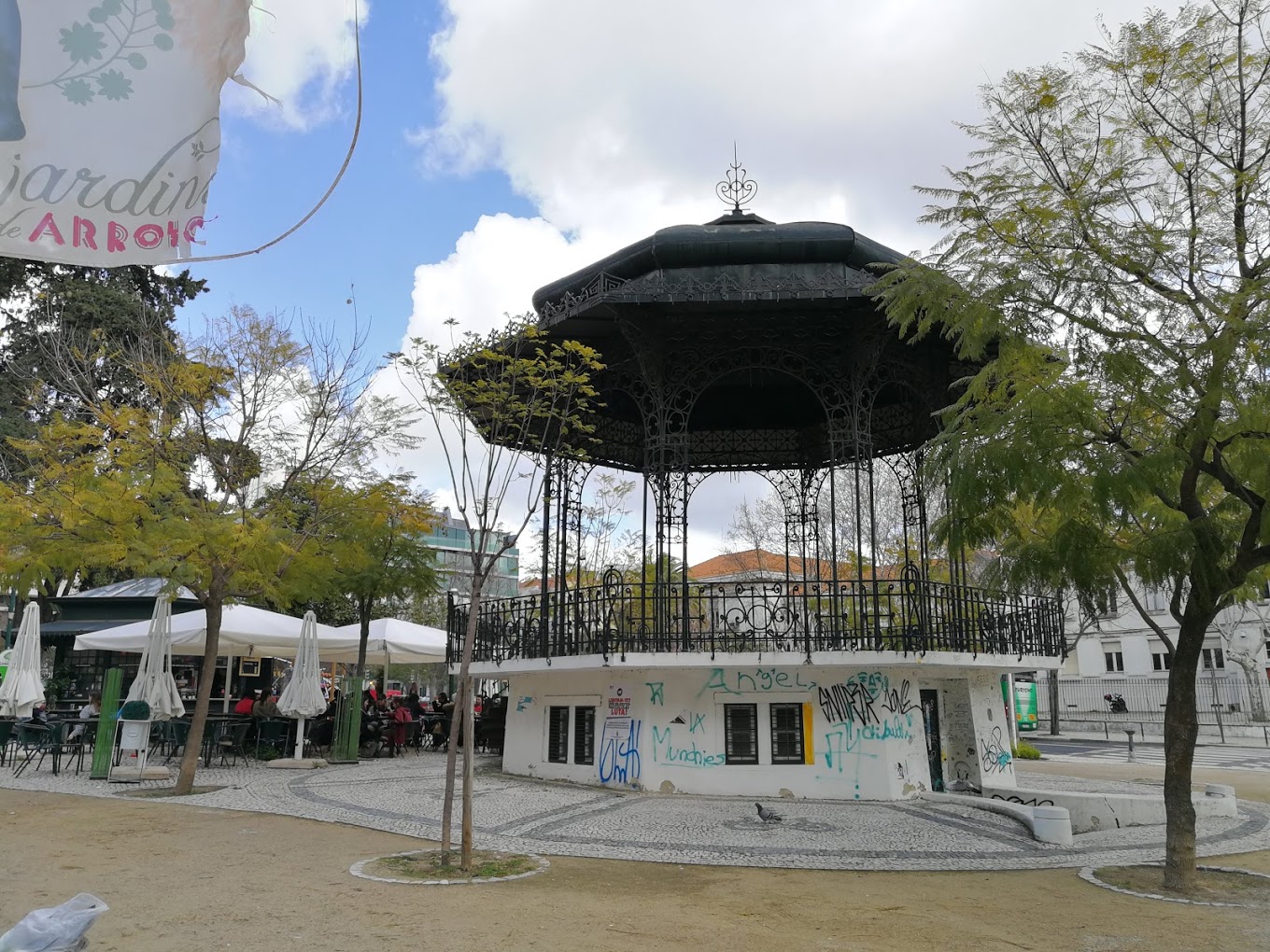The Secretary General of the Student Union, Niko Ferm, visited Lisbon and was inspired by the local architecture. Could Otaniemi take pointers from Portuguese city design?
I’ve visited several campuses in the Nordics, elsewhere in Europe, China and America during the last few years. I can proudly state that the Otaniemi campus truly is world-class when it comes to real estate development and learning facilities.
Still, even when our campus is unique on the Finnish scale, it still feels that especially for a campus environment of architecture and art, the spaces around Otaniemi are somewhat hollow.
I’ve oft thought about the issue, for example during my trips to the Tsinghua and Tonji University campuses in China. Now I found myself musing on the same thing during my visit to beautiful Lisbon.
I think the development of the outdoor facilities and venues of our campus should focus on creativity, well-being and sustainability. I’ll share some of my thoughts on the ideas I came up with in Lisbon. The pictures mingled with the text are not meant to be copy-paste ideas on how to do things in Otaniemi, but rather depict what sparked the idea in the first place. The pictures are not from the campus areas.
Outdoor sport opportunities
Otaniemi has a good jogging path, though winter jogging is being hampered by a lack of proper lighting. Last year some outdoor training equipment poles were installed near Dipoli and the sports pitch. For a moment I felt I was satisfied with the situation.
In Lisbon, however, I noticed that each park had some sort of pole, training machine based on your own weight, or instruction board for other types of sports.
I also mused whether a climbing wall or a piece of art could be created on the campus. If we could have something like this installed, I believe it could be maintained by Oranki ry, operating in AYY’s sphere of influence.
Nature and pathways
There’s a lot of woods in Otaniemi, but the number of forest paths is still very small. The picture below is taken from a well-maintained garden, but something similar could easily be imagined in Otaniemi.
Otaniemi also lacks stairs, mostly due to the lack of steep inclines. There are places, however, where stairs could be built. I don’t know if I would plant trees on the stairs like in the picture, but I believe some stairs could spruce up the look of the campus and offer places to hang out from time to time. At the same time, we need to ensure that biking on campus continues to be easy.
Street art
Wall art, murals and art that is nicer than just spray-painted tags and squiggles; these are examples of art that we could use in Otaniemi to beautify the walls, trash cans, poles and so on.
Lisbon is filled to bursting with various kinds of paintings and graffiti. The piece in the picture below might be a bit on the crumbling side, but it tells an intensive story of the dreams and hopes of local citizens.
If you’re interested in fado, you can read more on it here.
The student union’s history as a comic
If the issue of painting the pathway tunnel next to Täffä would not cause so much controversy, I’d suggest that it be painted with a comic book style mural resembling the one in the picture below, depicting the Student Union’s history.
Thus, I propose we paint a mural like that on the wall on the side of the current AYY central office. The fact that the building was designed by Alvar Aalto might cause a few problems, though…
Pond and cafe
The Ossinlampi pond sees several swimmers each year. There is also a garden and a skate ramp with barbequing options. The plant life of the pond hardly beautifies the area, though.
The pond area has enormous potential. At the Tonji campus the students built a walking bridge across their pond as a school project, with a lounging area in the middle of the bridge.
Walkways
A staple of Lisbon are cobbled pathways formed from very small stones which form various kinds of patterns. The patterns all have a story of some sort. For example, the wave patterns of Rossio square serve as a reminder of the tsunami that came after the Lisbon earthquake of 1755.
The special things on the streets could be something else entirely, too. For example, in Lappeenranta the organizations in the local student union paint their logos on the asphalt each year.
Pavilion, summer platform
Otaniemi lacks a summer stage in for organizing concerts and events during the warm days of summer and spring. The amphitheater of the candidate center could offer opportunities for this, but to my knowledge it only acts as the stage for the handing out ceremony of the teekkari caps during wappu.
Meeting spots should be all around campus. The users for them will find them if they exist. A good example is the mini terrace in front of the AYY office, which fills up with users during sunny days.
Many people might have good and working ideas of campus development in addition to these expressed in this blog. The important thing is to find the means to develop the area. The AYY campus section does a lot of work to develop the campus area each year, but I think that we could do with more partners to join in on the work.
An interesting option is to look to the Tonji university for innovative ideas. They have a yearly course project on campus development, kind of like a PdP course on the campus.
A classical option would be to set up a campus development fund which would finance groups, associations or projects that would develop our campus. Projects such as the Ossinlampi garden and the skating ramp have been created like this. These projects have been supported by the TTE fund.
Niko Ferm
Secretary General, Aalto University Student Union
P.S. I totally forgot to talk about statues! I propose we erect small statues in the same manner as Wroclaw has its dwarfs. The following people would be excellent statue candidates: Ossi Törrönen (whose memoirs you can read here in Finnish), Lord Moyne (who stirred the pot in the 90’s with his Amer sales deals), Jari Jokinen (the first employee of the Aalto University), Tuula Teeri (the first rector of the Aalto University) and of course Alvar Aalto, whose spirit and impact can be felt in every stone of the University and around campus.
